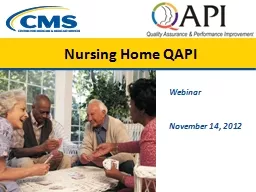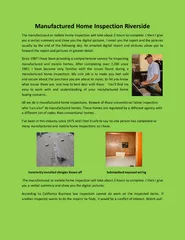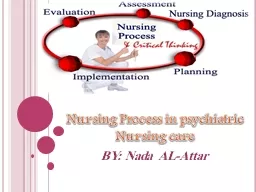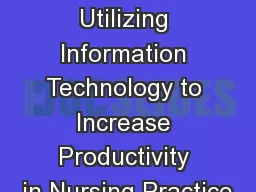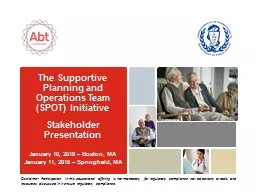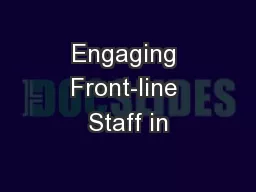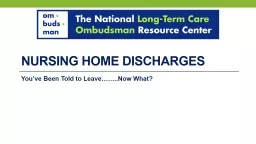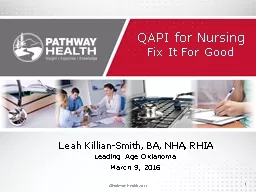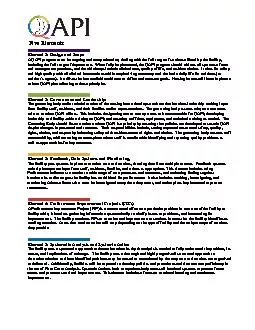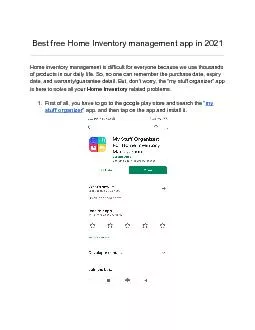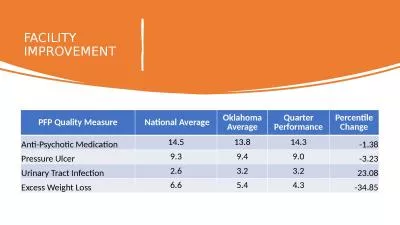PPT-Nursing Home QAPI Webinar
Author : lois-ondreau | Published Date : 2018-12-15
November 14 2012 IntroductionsOpening Remarks QAPI Demonstration National RollOut of QAPI Role of Ombudsman Programs Questions and Dialogue Wrapup and Adjourn
Presentation Embed Code
Download Presentation
Download Presentation The PPT/PDF document "Nursing Home QAPI Webinar" is the property of its rightful owner. Permission is granted to download and print the materials on this website for personal, non-commercial use only, and to display it on your personal computer provided you do not modify the materials and that you retain all copyright notices contained in the materials. By downloading content from our website, you accept the terms of this agreement.
Nursing Home QAPI Webinar: Transcript
Download Rules Of Document
"Nursing Home QAPI Webinar"The content belongs to its owner. You may download and print it for personal use, without modification, and keep all copyright notices. By downloading, you agree to these terms.
Related Documents

